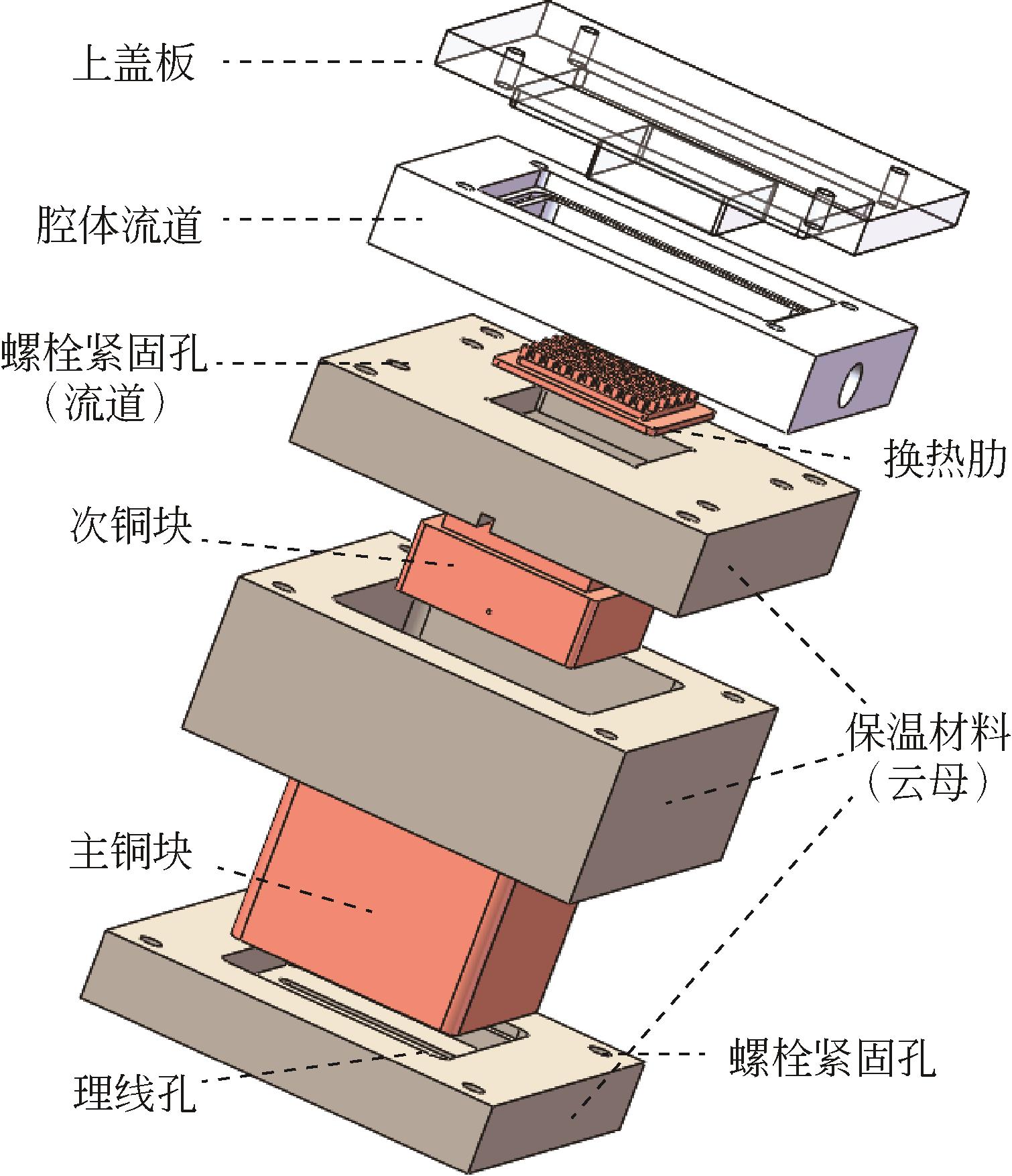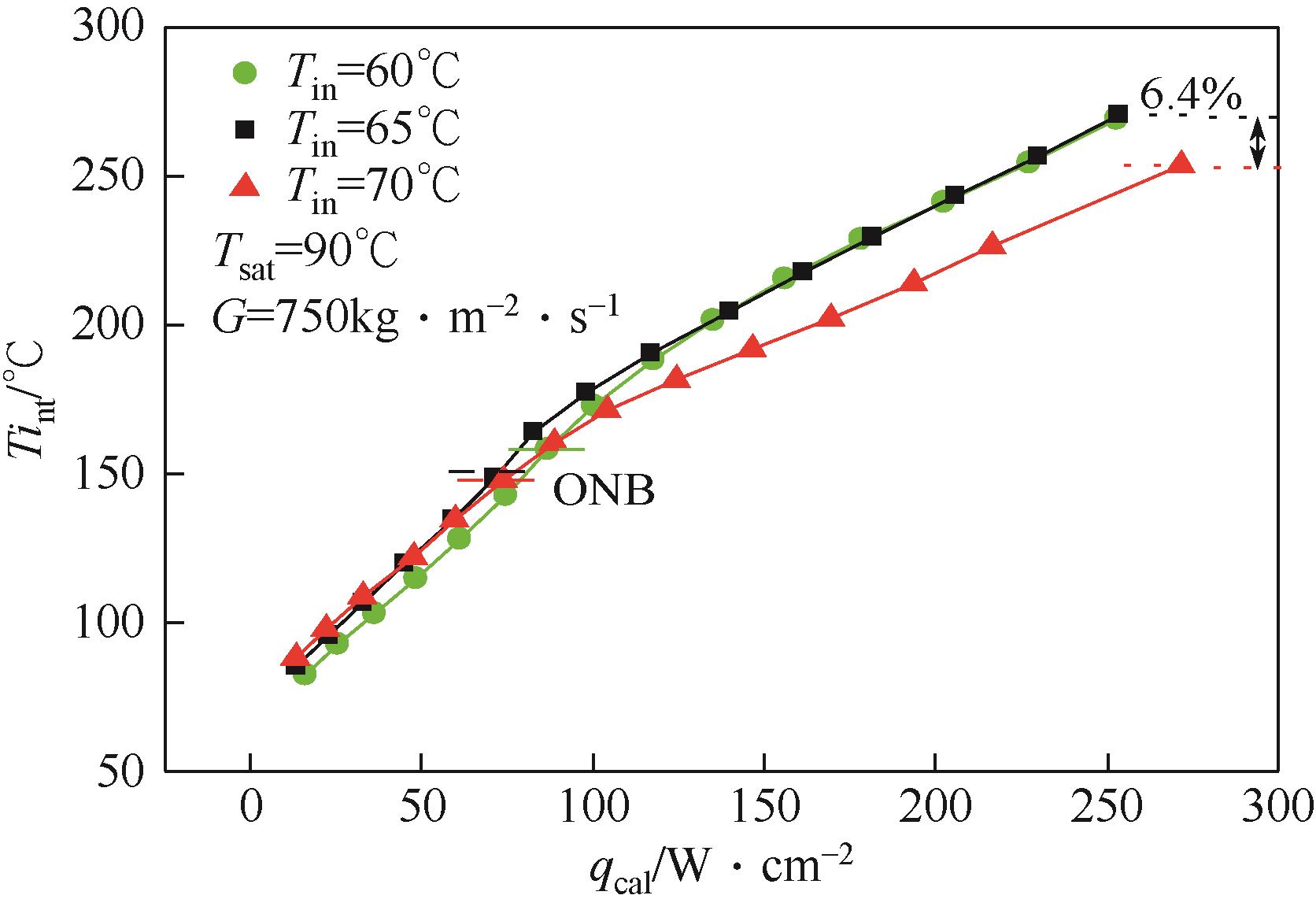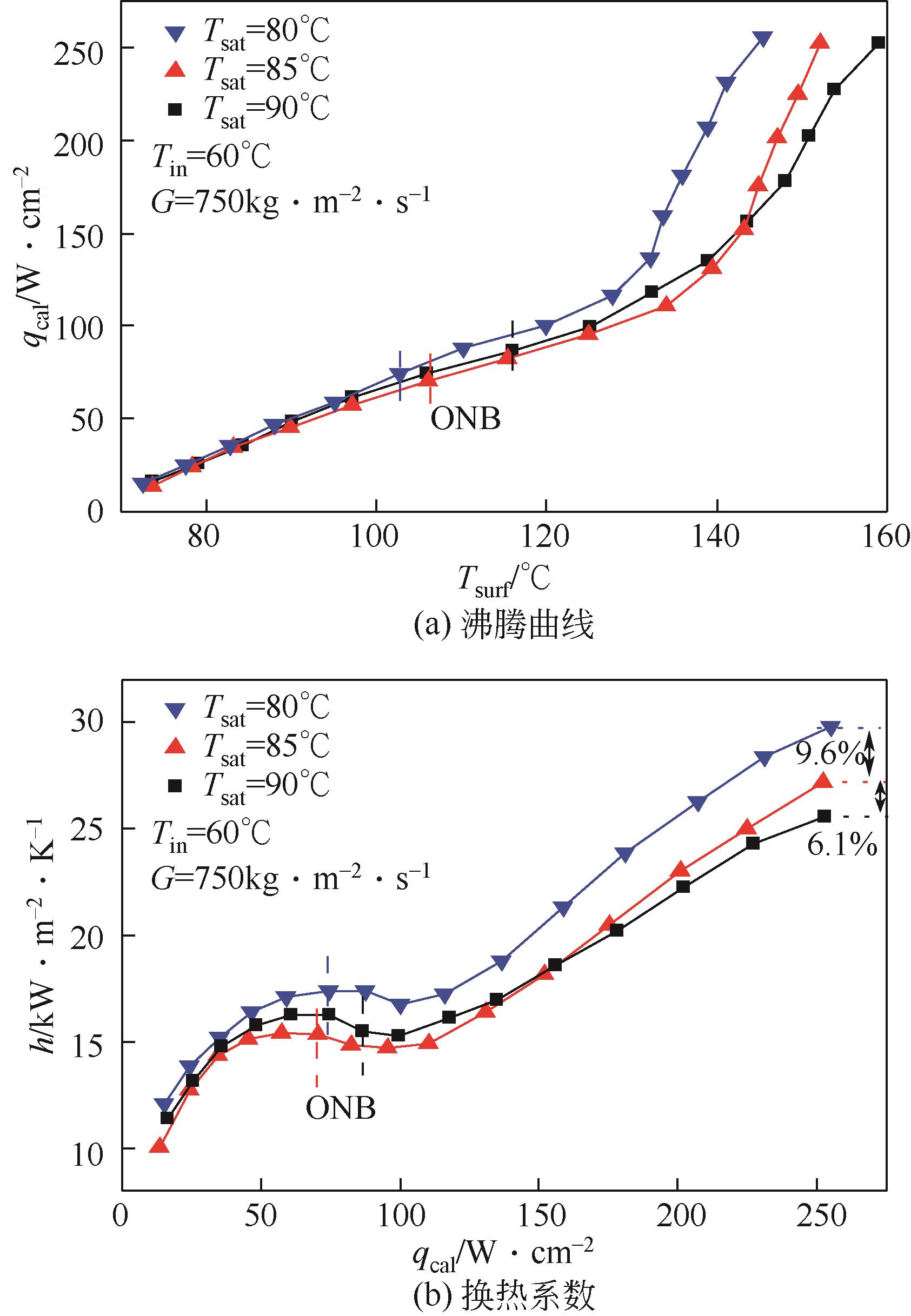| 1 |
SAISORN S, WONGWISES S. The effects of channel diameter on flow pattern, void fraction and pressure drop of two-phase air-water flow in circular micro-channels[J]. Experimental thermal and fluid science, 2010, 34(4): 454-462.
|
| 2 |
SALAH S, FILALI E G, DJELLOULI S. Numerical investigation of Reynolds number and scaling effects in microchannels flows[J]. Journal of Hydrodynamics, 2017, 29(4): 647-658.
|
| 3 |
KANDLIKAR S G. Fundamental issues related to flow boiling in minichannels and microchannels[J]. Experimental Thermal and Fluid Science, 2002, 26(2/3/4): 389-407
|
| 4 |
HAN X, FEDOROV A, JOSHI Y. Flow boiling in microgaps for thermal management of high heat flux microsystems[J]. Journal of Electronic Packaging, 2016, 138(4): 040801
|
| 5 |
KRISHNAN R A, BALASUBRAMANIAN K R, SURESH S. Experimental investigation of the effect of heat sink orientation on subcooled flow boiling performance in a rectangular microgap channel[J]. International Journal of Heat and Mass Transfer, 2018, 120: 1341-1357
|
| 6 |
YIN L, XU R, JIANG P, et al. Subcooled flow boiling of water in a large aspect ratio microchannel[J]. International Journal of Heat and Mass Transfer, 2017, 112: 1081-1089.
|
| 7 |
YIN L, CHAUHAN A, RECINELLA A, et al. Subcooled flow boiling in an expanding microgap with a hybrid microstructured surface[J]. International Journal of Heat and Mass Transfer, 2020, 151: 119379.
|
| 8 |
LI J, LIN Y, ZHOU K, et al. Subcooled flow boiling on micro-porous structured copper surface in a vertical mini-gap channel[J]. Journal of Thermal Science and Engineering Applications, 2020, 12(6): DOI: 10.1115/MNHMT2019-3934.
|
| 9 |
HU X, WANG Y, LI S, et al. Investigation on subcooled flow boiling heat transfer characteristics in ICE-like conditions[J]. Open Physics, 2021, 19(1): 413-425
|
| 10 |
YU W, HULL J R, FRANCE D M, et al. Small-channel flow boiling of one-component fluids and an ethylene glycol/water mixture[J]. Experimental Heat Transfer, 2005, 18(4): 243-257.
|
| 11 |
YU W, FRANCE D M, SINGH D, et al. Experimental investigation of subcooled flow boiling of a 50/50 ethylene glycol/water mixture in finned rectangular aluminum channels[J]. Experimental Heat Transfer, 2018, 31(6): 482-494.
|
| 12 |
YU W, FRANCE D M, ZHAO W, et al. Subcooled flow boiling heat transfer to water and ethylene glycol/water mixtures in a bottom-heated tube[J]. Experimental Heat Transfer, 2016, 29(5): 593-614.
|
| 13 |
KIM J, LEE J S. Numerical study on the effects of inertia and wettability on subcooled flow boiling in microchannels[J]. Applied Thermal Engineering, 2019, 152: 175-183.
|
| 14 |
WOJTASIK K, RULLIÈRE R, KROLICKI Z, et al. Subcooled boiling regime map for water at low saturation temperature and subatmospheric pressure[J]. Experimental Thermal and Fluid Science, 2020, 118: 110150.
|
| 15 |
COLGAN N, BOTTINI J L, MARTÍNEZ-CUENCA R, et al. Experimental study of critical heat flux in flow boiling under subatmospheric pressure in a vertical square channel[J]. International Journal of Heat and Mass Transfer, 2019, 130: 514-522.
|
| 16 |
YIN C P, YAN Y Y, LIN T F, et al. Subcooled flow boiling heat transfer of R-134a and bubble characteristics in a horizontal annular duct[J]. International Journal of Heat and Mass Transfer, 2000, 43(11): 1885-1896.
|
| 17 |
CHANG W R, CHEN C A, KE J H, et al. Subcooled flow boiling heat transfer and associated bubble characteristics of FC-72 on a heated micro-pin-finned silicon chip[J]. International Journal of Heat and Mass Transfer, 2010, 53(23/24): 5605-5621.
|
| 18 |
WANG J, LU K, LU S, et al. Experimental study on ceiling temperature profile of sidewall fires at reduced pressure in an aircraft Cargo compartment[J]. Experimental Thermal and Fluid Science, 2017, 82: 326-332.
|
| 19 |
COLGAN N, BOTTINI J L, OOI Z J, et al. Experimental study of wall nucleation characteristics in flow boiling under subatmospheric pressures in a vertical square channel[J]. International Journal of Heat and Mass Transfer, 2019, 134: 58-68.
|
| 20 |
RAHIMI-AHAR Z, HATAMIPOUR M S, GHALAVAND Y, et al. Comprehensive study on vacuum humidification-dehumidification (VHDH) desalination[J]. Applied Thermal Engineering, 2020, 169: 114944.
|
| 21 |
XIONG Z, YE C, WANG M, et al. Experimental study on the sub-atmospheric loop heat pipe passive cooling system for spent fuel pool[J]. Progress in Nuclear Energy, 2015, 79: 40-47.
|
| 22 |
MOFFAT R J. Describing the uncertainties in experimental results[J]. Experimental Thermal and Fluid Science, 1988, 1(1): 3-17.
|
| 23 |
JAYARAMU P, GEDUPUDI S, DAS S K. An experimental investigation on the influence of copper ageing on flow boiling in a copper microchannel[J]. Heat Transfer Engineering, 2020, 41(4): 333-350.
|
| 24 |
JAYARAMU P, GEDUPUDI S, DAS S K. Experimental investigation of the influence of boiling-induced ageing on high heat flux flow boiling in a copper microchannel[J]. International Journal of Heat and Mass Transfer, 2021, 181: 121862.
|
| 25 |
SEONG J H, WANG C, PHILLIPS B, et al. Separate effect of oxidation on the subcooled flow boiling performance of Zircaloy-4 at atmospheric pressure[J]. International Journal of Heat and Mass Transfer, 2022, 188: 122620
|
 ), 苗天泽2, 张朝阳3, 洪芳军1(
), 苗天泽2, 张朝阳3, 洪芳军1( ), 汪大海1
), 汪大海1
 ), MIAO Tianze2, ZHANG Chaoyang3, HONG Fangjun1(
), MIAO Tianze2, ZHANG Chaoyang3, HONG Fangjun1( ), WANG Dahai1
), WANG Dahai1








